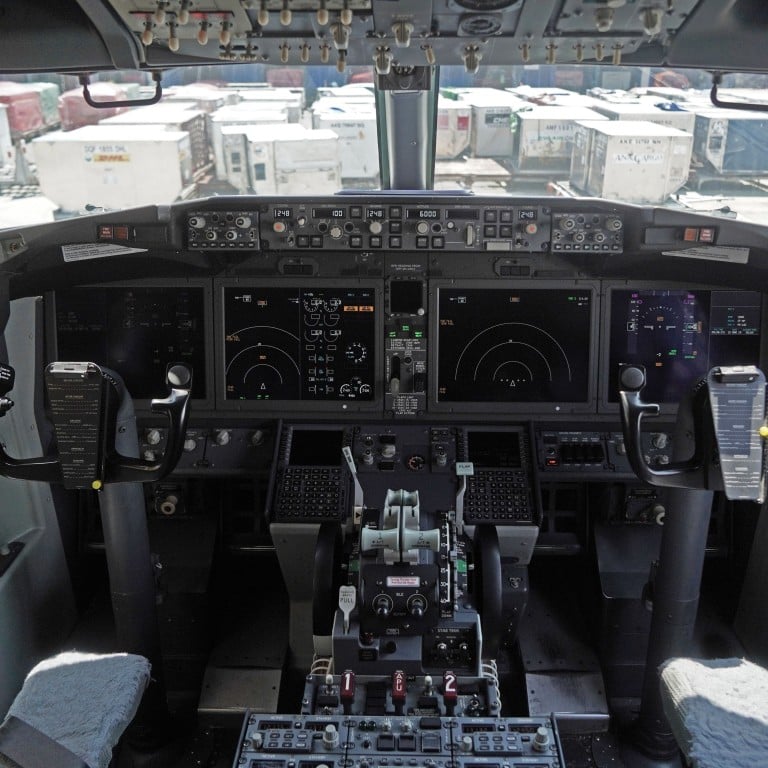
US Transportation Department probes FAA approval of Boeing’s 737 MAX as anti-stall system comes under scrutiny
- Inquiry comes amid investigations into two fatal crashes involving the Boeing jet
- Seattle Times report said the FAA delegated part of the certification process for the plane to Boeing engineers
Employees of the US Federal Aviation Administration warned as early as seven years ago that Boeing had too much sway over safety approvals of new aircraft.
That prompted an investigation by US Department of Transportation auditors who confirmed the agency hadn’t done enough to “hold Boeing accountable”.
The 2012 investigation also found that discord over Boeing’s treatment had created a “negative work environment” among FAA employees who approve new and modified aircraft designs, with many of them saying they’d faced retaliation for speaking up. Their concerns predated the 737 MAX development.
On Sunday, a person familiar with the 737 MAX said the Transportation Department’s Inspector General was examining the plane’s design certification before the second of two deadly crashes of the almost brand-new aircraft.
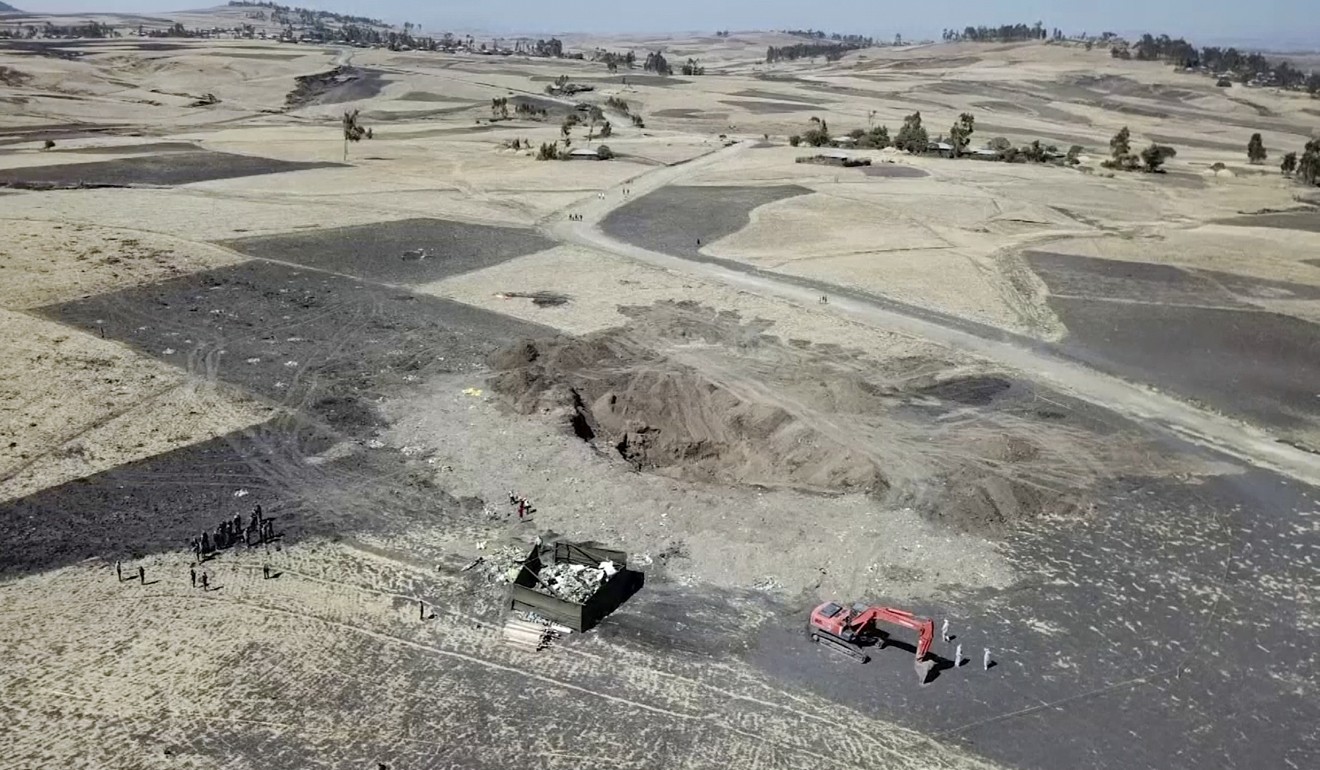
Boeing Chief Executive Officer Dennis Muilenburg and FAA officials on Sunday were forced to defend the quality testing of the new aircraft after a Seattle Times investigation found that the US regulator delegated much of the safety assessment to Boeing and that the planemaker in turn delivered an analysis with crucial flaws.
A grand jury in Washington DC, issued a broad subpoena dated March 11 to at least one person involved in the development process of the 737 MAX jets, The Wall Street Journal reported late Sunday.
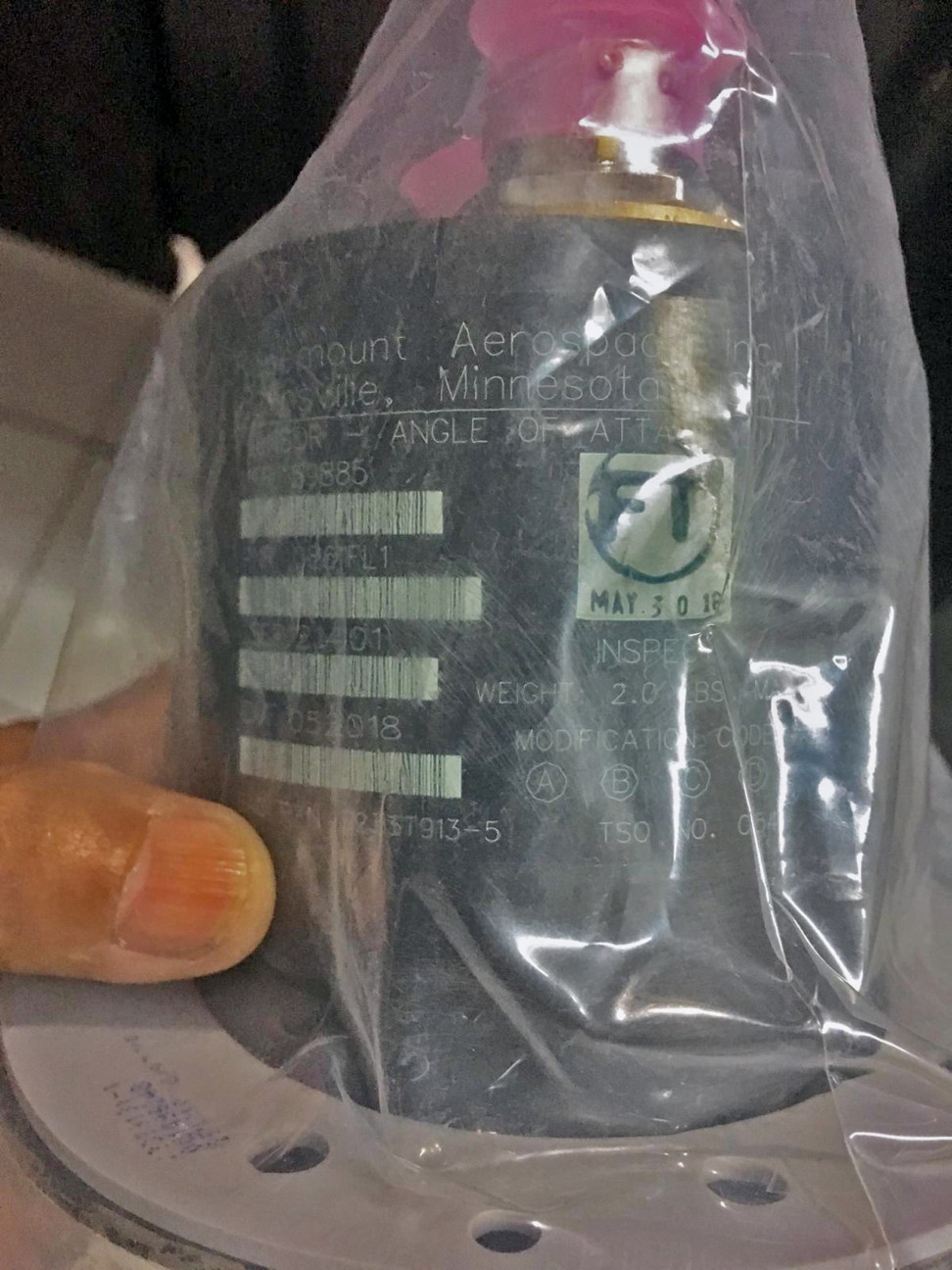
In recent years, the FAA has shifted more authority over the approval of new aircraft to the manufacturer itself, even allowing Boeing to choose many of the personnel who oversee tests and vouch for safety.
Just in the past few months, the US Congress expanded the outsourcing arrangement even further.
“It raises for me the question of whether the agency is properly funded, properly staffed and whether there has been enough independent oversight,” said Jim Hall, who was chairman of the National Transportation Safety Board from 1994 to 2001 and is now an aviation-safety consultant.
737 MAX: Boeing counts cost of bestselling jet’s global grounding over safety concerns
At least a portion of the flight-control software suspected in the 737 MAX crashes was certified by one or more Boeing employees who worked in the outsourcing arrangement, according to one person familiar with the work who wasn’t authorised to speak about the matter.
The Journal first reported the inspector general’s latest inquiry. The watchdog is trying to assess whether the FAA used appropriate design standards and engineering analysis in approving the 737 MAX’s anti-stall system, the newspaper said.
Both Boeing and the Transportation Department declined to comment about that inquiry.
In a statement on Sunday, the agency said its “aircraft certification processes are well established and have consistently produced safe aircraft designs,” adding that the “737 MAX certification programme followed the FAA’s standard certification process.”
The Ethiopian Airlines plane crashed minutes after it took off from Addis Ababa, killing all 157 people on board. The accident prompted most of the world to ground Boeing’s 737 MAX 8 aircraft on safety concerns, coming after the October crash of a MAX 8 operated by Indonesia’s Lion Air that killed 189 people.
Much of the attention focused on a flight-control system that can automatically push a plane into a catastrophic nose dive if it malfunctions and pilots don’t react properly.
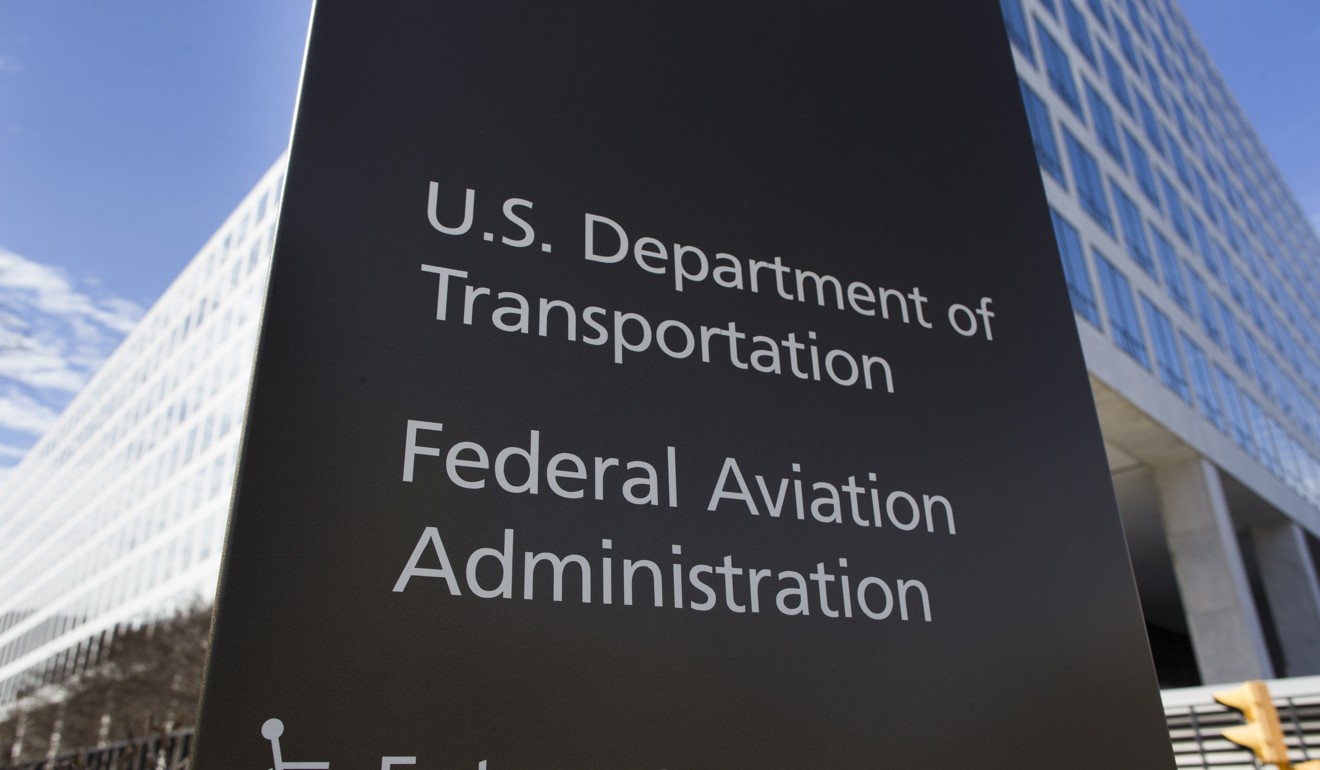
In one of the most detailed descriptions yet of the relationship between Boeing and the FAA during the 737 MAX’s certification, The Seattle Times quoted unnamed engineers who said the planemaker had understated the power of the flight-control software in a System Safety Analysis submitted to the FAA. The newspaper said the analysis also failed to account for how the system could reset itself each time a pilot responded - in essence, gradually ratcheting the horizontal stabiliser into a dive position.
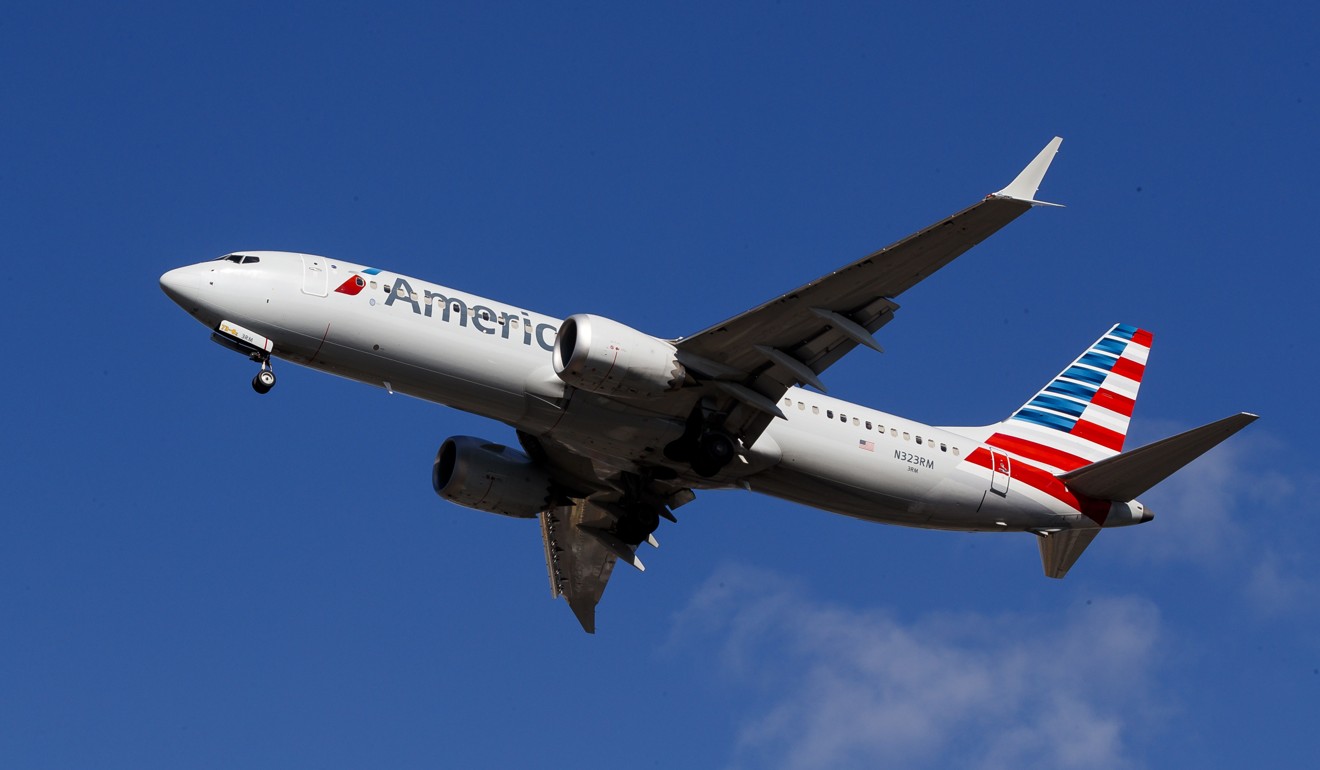
Boeing told the newspaper that the FAA had reviewed the company’s data and concluded the aircraft “met all certification and regulatory requirements”.
The company, which is based in Chicago but designs and builds commercial jets in the Seattle area, said there are “some significant mischaracterisations” in the engineers’ comments.
In a separate statement Sunday, Muilenburg reiterated the company’s sympathies for the affected families and support for the investigation into the flight-control system, known as the Manoeuvring Characteristics Augmentation System (MCAS).
“While investigators continue to work to establish definitive conclusions, Boeing is finalising its development of a previously announced software update and pilot training revision that will address the MCAS flight-control law’s behaviour in response to erroneous sensor inputs,” Muilenburg said.
The newspaper also quoted unnamed FAA technical experts who said managers prodded them to speed up the certification process as development of the MAX was nine months behind that of the rival Airbus A320 Neo.
The FAA has let technical experts at aircraft makers act as its representatives to perform certain tests and approve some parts for decades. The FAA expanded the scope of that programme in 2005 to address concerns about adequately keeping pace with its workload.
In 2012, a special investigator of the Office of Inspector General at the Department of Transportation sent a memo to the FAA’s audit chief warning him of concerns voiced by agency employees about the new process.
Some allegations were made in anonymous faxes sent to the inspector general’s office, and the office followed up by interviewing employees.
The employees told the investigators that managers had overturned a recommendation by staff to remove the administrator Boeing had chosen for the programme and “had not adequately addressed employees’ concerns” about potential conflicts of interest, the memo said.
The employees, it said, viewed this as evidence of management having “too close a relationship with Boeing officials”.
Despite those concerns, as well as others raised in a subsequent report by the inspector general, the US Congress has embraced the programme as a way to improve the FAA’s efficiency.
US President Donald Trump signed into law a change on October 5. It allows manufacturers to request that the FAA eliminate limitations on how company representatives certify “low and medium risk” items, giving them even more authority over their own products.
Peter DeFazio, chairman of the House of Representatives’ transportation and infrastructure committee, is planning to launch an investigation into the 737 MAX’s certification, congressional sources said.
Michel Merluzeau, an analyst at AirInsight, urged a cautious process.
“There may be a need to re-examine what works and what does not work (in the certification process) - but it should not be done emotionally,” Merluzeau said.
Another analyst, Richard Aboulafia of Teal Group, said the FAA’s credibility is at stake - “as is Boeing’s. And, the global system of aircraft certification reciprocity is at risk too,” he said.
Additional reporting by Agence France-Presse

